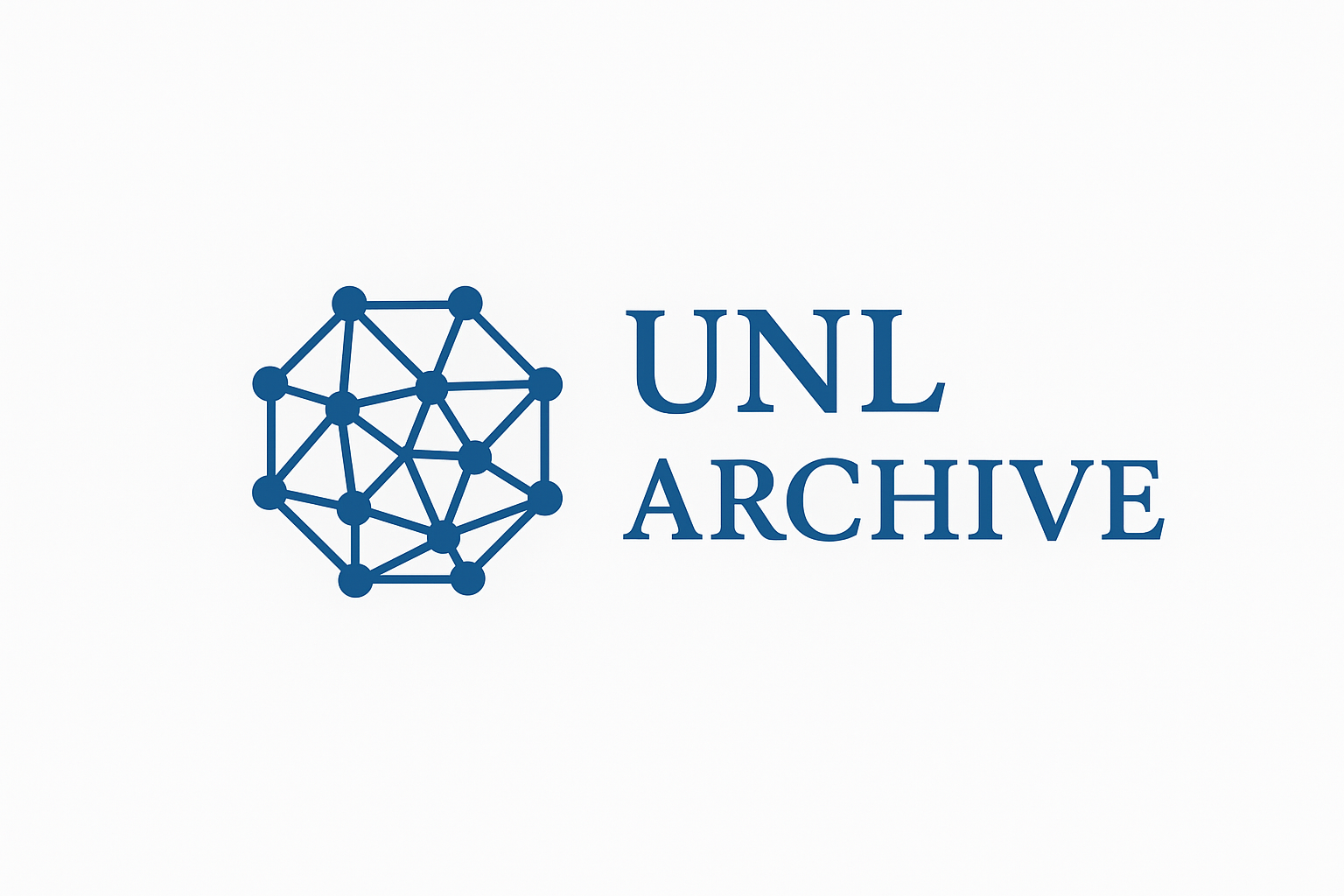Computational Resources
The UNL ecosystem comprises a variety of software tools and applications.
These were designed either to assist linguists in producing and managing UNL resources or to allow end-users
to perform natural language tasks such as translation, summarization, and information retrieval. UNL development tools require
expertise in UNL, while end-user applications are designed for non-specialists. Some tools were developed at the UNL Centre, in Tokyo, during the first years of the project. Others have been developed at the UNDL Foundation in Geneva or by its partners, especially the Library of Alexandria, in Egypt.
Please note: these tools are no longer maintained and their respective source codes are provided as is, without any support, on GitHub.
UNL DEVELOPMENT TOOLS

UNL development tools are applications designed to assist linguists in preparing and testing UNL resources such as dictionaries, grammars, and knowledge bases. These tools were integrated into the UNL{dev}, a resource development environment created by the UNDL Foundation, which was used by linguists to test dictionaries and grammars prepared in UNLarium and exported from there. They can be classified into three categories: UNLization, NLization, and Others.
UNLization (Natural Language → UNL)
Software used to convert natural language text into UNL representations. Depending on the tool, the process can be fully automatic, semi-automatic, or manual. All of them require linguistic resources such as dictionaries and grammars for the specific language.
- EnCo (UNL Centre): a very basic tool for converting natural language text into UNL.
- Universal Parser (UNL Centre): a version of EnCo for UNL annotation.
- UNLeditor (UNDL Foundation): Graph-based UNL authoring tool. Linguists manually upload text, select UWs, create semantic relations, and assign attributes. It is suitable for high-quality UNLization, such as translation tasks.
- IAN (Interactive ANalyser) (UNDL Foundation): Semi-automatic UNLization tool. Syntactic analysis is automatic, word sense disambiguation is assisted, and human interaction is optional.
- SEAN (Shallow Enhanced ANalyser) (UNDL Foundation): Fully automatic, word-driven multi-document analyzer. Provides surface-level analysis suitable for information retrieval and extraction rather than translation.
NLization (UNL → Natural Language)
Software used to convert UNL representations back into natural language text. Depending on the tool, the process can be fully automatic, semi-automatic, or manual. All of them require linguistic resources such as dictionaries and grammars for the specific language.
- DeCo (UNL Centre): a very basic tool for converting UNL representations back into natural language text.
- EUGENE (dEep-to-sUrface Natural Language GENErator) (UNDL Foundation): Fully automatic system generating natural language text from UNL input.
Others
Engines and tools
- NORMA (UNDL Foundation): UNL normalizer that organizes and consolidates knowledge bases by removing redundancies, tautologies, contradictions, by generalizing or specifying nodes, and by merging and dividing graphs.
- EDGES (Entity Discovery and Graph Exploration System) (UNDL Foundation): Visualization tool displaying UNL graphs in hyperbolic mode, enabling node expansion, collapse, and navigation. Integrated with front-end applications like TUT and KEYS.
- UNL Verifier (UNL Centre): a proofing tool for verifying the correctness of UNL representations.
- Word Dictionary Builder (UNL Centre): a tool for compiling dictionaries into EnCo- and DeCo-readable formats.
- UW Gate (UNL Centre): a tool for linking Universal Words (UWs) to their corresponding natural language lexemes.
IDEs
- UNLarium (UNDL Foundation): a web-based platform for creating and managing UNL language resources.
- UNL-Core (ISUAC/Bibliotheca Alexandrina): an integrated development environment for testing UNL language resources.
- UNL-Dev (UNDL Foundation): a development environment for testing UNL language resources.
Other Tools: Miscellaneous utilities supporting UNL development.
- VALERIE (The Virtual Learning Environment for UNL) (UNDL Foundation): a platform for training UNL users.
- UNLwiki (UNDL Foundation): a collaborative platform for UNL documentation and knowledge sharing.
- UNLforum (UNDL Foundation): an online discussion forum for the UNL community.
- UNLcommunity (UNDL Foundation): a social network for UNL users.
- UNLforge (UNDL Foundation): a platform for collaborative development of UNL resources.
- UNLweb (UNDL Foundation): a portal for UNL community, documentation, training, and resources.
END-USER APPLICATIONS
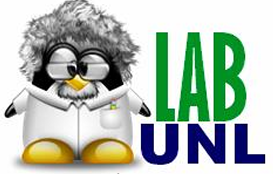
End-User Applications in the UNL framework are software tools designed for non-specialists to perform practical language-related tasks such as translation, information retrieval, text processing, and multilingual dictionary access. They provide user-friendly interfaces that conceal the technical complexity of UNL representations, allowing users to benefit from UNL’s semantic and linguistic resources without requiring expertise in the formalism. These applications bridge the gap between UNL’s underlying technology and real-world use, promoting accessibility, usability, and broader adoption of UNL tools and data.

Translation
LILY (Language-to-Interlanguage-to-Language sYstem): a machine translation system using UNL as a pivot language. Includes IAN for analysis and EUGENE for generation. Allows optional human intervention. Parametrized per source/target language and can use additional UNLarium resources. (ISUAC/Bibliotheca Alexandrina)
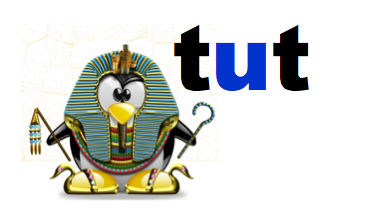
Text Processing
TUT (Text-to-Text through UNL): a digital library of UNL-represented texts. Provides multiple versions (summarized, simplified, rephrased) in all UNL-supported languages. Main goal: UNLplication – generating alternative semantic versions without preserving exact lexical/syntactic choices. (UNDL Foundation)
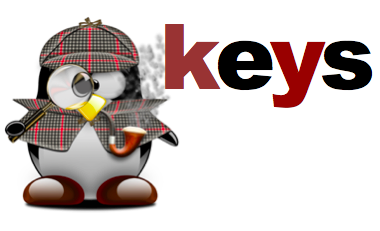
Information Retrieval
KEYS (Knowledge Extraction sYStem): information retrieval and extraction system operating on UNL semantic hyper-graphs. Integrates SEAN, NORMA, and EDGES to synthesize, normalize, and summarize information from multiple documents. (ISUAC/Bibliotheca Alexandrina).
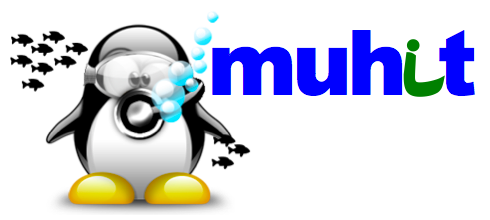
Multilingual dictionary
MUHIT (Multilingual Universal Hypertext Information Tool): a multilingual dictionary and information retrieval system based on UNL. It provides access to a vast repository of lexical resources and facilitates cross-lingual information retrieval. (UNDL Foundation)
Access MUHIT here.
